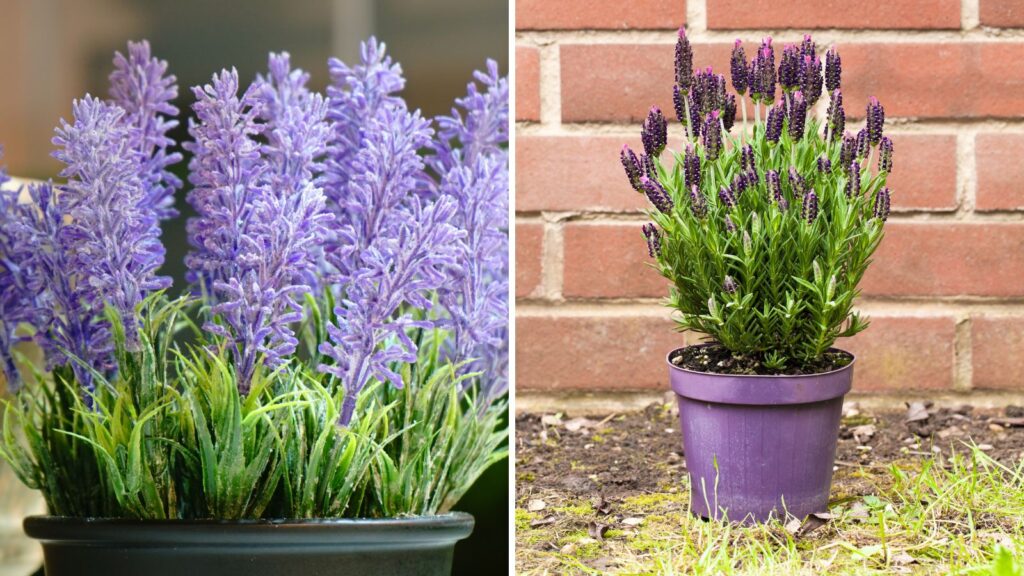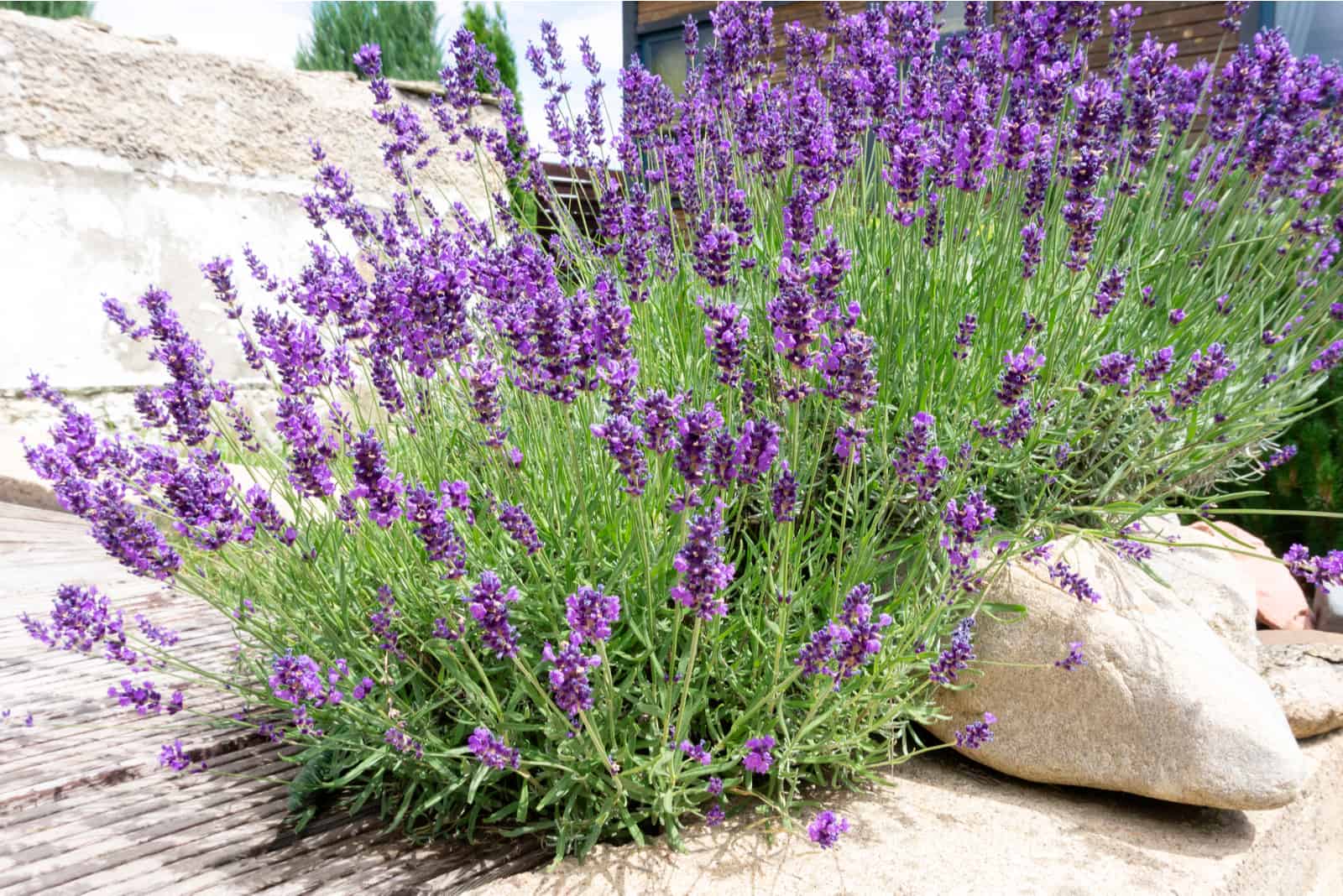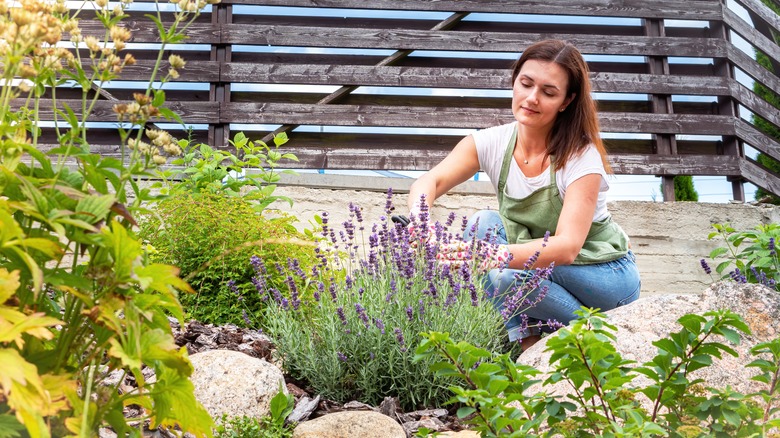Understanding the Factors that Affect Lavender Plant Longevity
Lavender plants are known for their beauty, fragrance, and versatility, but their lifespan can vary greatly depending on several factors. To answer the question of how long does a lavender plant live, it’s essential to understand the factors that influence their longevity. Climate, soil quality, watering habits, and pruning practices are all crucial elements that can impact the overall health and lifespan of a lavender plant.
Climate plays a significant role in determining the lifespan of a lavender plant. Lavender plants thrive in warm, dry climates with plenty of sunlight. However, extreme temperatures, drought, and excessive rainfall can all take a toll on the plant’s health. In areas with harsh winters, lavender plants may need to be protected or brought indoors to survive.
Soil quality is another critical factor in determining the lifespan of a lavender plant. Lavender plants prefer well-draining soil that is rich in organic matter. Poor soil quality can lead to root rot, nutrient deficiencies, and other problems that can shorten the plant’s lifespan.
Watering habits are also crucial in determining the lifespan of a lavender plant. Overwatering is a common mistake that can lead to root rot and other problems. Lavender plants prefer dry soil, and it’s essential to avoid getting water on the leaves or crown of the plant.
Pruning practices can also impact the lifespan of a lavender plant. Regular pruning can help promote healthy growth, prevent woody stems, and encourage blooming. However, over-pruning can stress the plant and shorten its lifespan.
By understanding these factors, gardeners can take steps to create an optimal environment for their lavender plants. By providing the right climate, soil, watering, and pruning conditions, gardeners can help extend the life of their lavender plants and enjoy their beauty and fragrance for years to come.
The Average Lifespan of Lavender Plants: What to Expect
The lifespan of a lavender plant can vary greatly depending on the specific type of lavender and growing conditions. On average, a lavender plant can live for around 5-7 years, but some varieties can live for up to 10-15 years with proper care and maintenance.
English lavender (Lavandula angustifolia) is one of the most common types of lavender and can live for around 5-7 years. This variety is known for its compact growth habit and fragrant flowers, making it a popular choice for gardeners.
French lavender (Lavandula stoechas) is another popular variety that can live for around 5-10 years. This variety is known for its vibrant purple flowers and silvery-gray foliage, making it a stunning addition to any garden.
Spanish lavender (Lavandula stoechas subsp. pedunculata) is a lesser-known variety that can live for around 5-7 years. This variety is known for its delicate pink flowers and slender stems, making it a great choice for gardeners who want a more subtle lavender plant.
Some lavender plants, such as the ‘Hidcote’ and ‘Munstead’ varieties, are known for their longer lifespans and can live for up to 10-15 years. These varieties are often used in landscaping and gardening projects because of their durability and low maintenance requirements.
It’s worth noting that the lifespan of a lavender plant can be affected by factors such as climate, soil quality, and watering habits. By providing the right growing conditions and proper care, gardeners can help extend the life of their lavender plants and enjoy their beauty and fragrance for years to come.
When asking how long does a lavender plant live, it’s essential to consider the specific type of lavender and growing conditions. By understanding the average lifespan of different lavender varieties, gardeners can plan and care for their plants accordingly, ensuring they get the most out of their beautiful and fragrant blooms.
How to Extend the Life of Your Lavender Plant
To maximize the lifespan of your lavender plant, it’s essential to provide proper care and maintenance. This includes pruning, fertilizing, and protecting from pests and diseases. By following these tips, you can help extend the life of your lavender plant and enjoy its beauty and fragrance for years to come.
Pruning is a crucial aspect of lavender plant care. Regular pruning helps promote healthy growth, prevents woody stems, and encourages blooming. Prune your lavender plant in the spring, removing any dead or damaged branches. Cut back the stems to about 6-8 inches from the ground, and shape the plant to maintain its desired form.
Fertilizing is also essential for lavender plant health. Feed your lavender plant with a balanced fertilizer in the spring, following the manufacturer’s instructions. Avoid over-fertilizing, as this can damage the plant and reduce its lifespan.
Protecting your lavender plant from pests and diseases is also crucial. Keep an eye out for common pests like aphids, whiteflies, and spider mites, and treat the plant with insecticidal soap or neem oil if necessary. Regularly inspect your plant for signs of disease like yellowing leaves, black spots, or powdery mildew, and treat the plant with a fungicide if necessary.
In addition to pruning, fertilizing, and protecting from pests and diseases, there are several other tips to help extend the life of your lavender plant. Mulching around the base of the plant helps retain moisture, suppress weeds, and regulate soil temperature. Watering your lavender plant regularly, but avoiding overwatering, also helps promote healthy growth and prevent root rot.
By following these tips and providing proper care and maintenance, you can help extend the life of your lavender plant and enjoy its beauty and fragrance for years to come. Remember, the lifespan of a lavender plant can vary depending on factors like climate, soil quality, and watering habits, so be sure to research specific care requirements for your plant. With proper care and attention, your lavender plant can thrive and provide a beautiful display of color and fragrance for years to come.
When asking how long does a lavender plant live, it’s essential to consider the specific care and maintenance requirements of your plant. By providing the right conditions and care, you can help extend the life of your lavender plant and enjoy its beauty and fragrance for years to come.
The Role of Climate and Weather in Lavender Plant Longevity
Climate and weather play a significant role in determining the lifespan of a lavender plant. Lavender plants are adapted to thrive in Mediterranean climates with warm, dry summers and mild, wet winters. However, extreme temperatures, drought, and excessive rainfall can all impact the health and longevity of a lavender plant.
Extreme temperatures can be particularly damaging to lavender plants. Prolonged exposure to temperatures above 90°F (32°C) can cause stress, while temperatures below 40°F (4°C) can cause damage to the roots and stems. In areas with harsh winters, lavender plants may need to be protected or brought indoors to survive.
Drought can also impact the lifespan of a lavender plant. Lavender plants prefer well-draining soil and can tolerate some drought, but prolonged drought can cause stress and reduce the plant’s lifespan. In areas with low rainfall, it’s essential to water lavender plants regularly, but avoid overwatering, which can lead to root rot and other problems.
Excessive rainfall can also be problematic for lavender plants. Lavender plants prefer dry soil, and excessive rainfall can cause the roots to rot, leading to a range of problems, including root rot, leaf spot, and powdery mildew. In areas with high rainfall, it’s essential to ensure good drainage and avoid planting lavender in low-lying areas where water may collect.
To protect lavender plants from harsh weather conditions, it’s essential to provide some protection. This can include mulching around the base of the plant to retain moisture and suppress weeds, as well as providing some shade during the hottest part of the day. In areas with extreme weather conditions, it may also be necessary to bring lavender plants indoors or provide some protection, such as a cold frame or greenhouse.
By understanding the impact of climate and weather on lavender plant longevity, gardeners can take steps to protect their plants and ensure they thrive. By providing the right conditions and care, gardeners can help extend the life of their lavender plants and enjoy their beauty and fragrance for years to come.
When asking how long does a lavender plant live, it’s essential to consider the specific climate and weather conditions in your area. By providing the right conditions and care, you can help extend the life of your lavender plant and enjoy its beauty and fragrance for years to come.
Common Mistakes that Can Shorten the Life of Your Lavender Plant
While lavender plants are relatively low-maintenance, there are several common mistakes that can shorten their lifespan. By avoiding these mistakes, gardeners can help extend the life of their lavender plants and enjoy their beauty and fragrance for years to come.
One of the most common mistakes that can shorten the life of a lavender plant is overwatering. Lavender plants prefer dry soil, and excessive watering can lead to root rot and other problems. To avoid overwatering, make sure to water your lavender plant only when the soil is dry to the touch, and avoid getting water on the leaves or crown of the plant.
Underwatering is another common mistake that can shorten the life of a lavender plant. While lavender plants prefer dry soil, they still need some water to survive. Make sure to water your lavender plant regularly, especially during hot and dry weather.
Inadequate sunlight is another common mistake that can shorten the life of a lavender plant. Lavender plants prefer full sun to partial shade, and inadequate sunlight can lead to weak and spindly growth. Make sure to plant your lavender in a location that receives plenty of sunlight, and consider providing some shade during the hottest part of the day.
Failure to prune is another common mistake that can shorten the life of a lavender plant. Pruning helps promote healthy growth, prevents woody stems, and encourages blooming. Make sure to prune your lavender plant regularly, removing any dead or damaged branches and shaping the plant to maintain its desired form.
Finally, failure to protect from pests and diseases is another common mistake that can shorten the life of a lavender plant. Lavender plants are susceptible to pests like aphids, whiteflies, and spider mites, as well as diseases like root rot and leaf spot. Make sure to inspect your lavender plant regularly, and take action quickly if you notice any signs of pests or diseases.
By avoiding these common mistakes, gardeners can help extend the life of their lavender plants and enjoy their beauty and fragrance for years to come. Remember, the lifespan of a lavender plant can vary depending on factors like climate, soil quality, and watering habits, so be sure to research specific care requirements for your plant.
When asking how long does a lavender plant live, it’s essential to consider the specific care and maintenance requirements of your plant. By providing the right conditions and care, you can help extend the life of your lavender plant and enjoy its beauty and fragrance for years to come.
How to Propagate Lavender Plants for a Longer Lifespan
Propagating lavender plants is a great way to extend their lifespan and provide a continuous supply of new plants. There are several methods and techniques for propagating lavender plants, including division, cuttings, and layering.
Division is a simple and effective method for propagating lavender plants. To divide a lavender plant, dig up the entire plant and gently separate the roots. Replant the separated sections in well-draining soil, and water thoroughly. This method is best done in the spring or fall, when the plant is dormant.
Take cuttings from the tips of the stems in the spring or summer, when the plant is actively growing. Cut the stems just above a node, and remove lower leaves to prevent them from getting wet. Dip the cut ends in rooting hormone, and plant them in a pot filled with well-draining soil. Keep the soil moist and warm until roots develop.
Layering is another method for propagating lavender plants. To layer a lavender plant, bend a long stem down to the ground and secure it with a rock or a U-shaped wire. Cover the buried portion of the stem with soil, and water thoroughly. Roots should develop within a few weeks, and the new plant can be cut from the parent plant.
Propagating lavender plants can help extend their lifespan and provide a continuous supply of new plants. By using these methods and techniques, gardeners can enjoy the beauty and fragrance of lavender plants for years to come.
When asking how long does a lavender plant live, it’s essential to consider the specific propagation method used. By propagating lavender plants regularly, gardeners can help extend their lifespan and enjoy their beauty and fragrance for years to come.
Propagating lavender plants is a great way to share plants with friends and family, and to create new plants for different areas of the garden. By using these methods and techniques, gardeners can enjoy the beauty and fragrance of lavender plants for years to come.
Lavender Plant Varieties with Longer Lifespans
While the average lifespan of a lavender plant is around 5-7 years, some varieties are known to live longer than others. Here are a few lavender plant varieties that are known for their longer lifespans:
‘Hidcote’ is a popular English lavender variety that is known for its compact growth habit and fragrant flowers. This variety can live for up to 10-15 years with proper care and maintenance.
‘Munstead’ is another English lavender variety that is known for its long lifespan. This variety can live for up to 10-12 years and is prized for its vibrant purple flowers and silvery-gray foliage.
‘Grosso’ is a French lavender variety that is known for its long lifespan and high oil content. This variety can live for up to 10-12 years and is often used in perfumes and potpourri.
These varieties are all known for their hardiness and ability to thrive in a variety of conditions. By choosing one of these varieties, gardeners can enjoy the beauty and fragrance of lavender plants for years to come.
When asking how long does a lavender plant live, it’s essential to consider the specific variety of lavender plant. By choosing a variety that is known for its long lifespan, gardeners can enjoy the beauty and fragrance of lavender plants for years to come.
In addition to choosing a variety with a long lifespan, gardeners can also take steps to extend the life of their lavender plants. This includes providing proper care and maintenance, such as pruning, fertilizing, and protecting from pests and diseases.
Conclusion: Maximizing the Life of Your Lavender Plant
In conclusion, the lifespan of a lavender plant can vary depending on several factors, including climate, soil quality, watering habits, and pruning practices. By understanding these factors and taking steps to provide proper care and maintenance, gardeners can help extend the life of their lavender plants and enjoy their beauty and fragrance for years to come.
Some key takeaways from this article include the importance of providing well-draining soil, adequate sunlight, and proper watering habits. Additionally, pruning and fertilizing can help promote healthy growth and extend the lifespan of the plant.
By following these tips and choosing a variety of lavender plant that is known for its long lifespan, gardeners can enjoy the beauty and fragrance of lavender plants for years to come. Whether you’re a seasoned gardener or just starting out, with the right care and maintenance, you can enjoy the many benefits of growing lavender plants.
So, how long does a lavender plant live? With proper care and maintenance, a lavender plant can live for several years, providing a beautiful display of color and fragrance in your garden. By following the tips and advice outlined in this article, you can help extend the life of your lavender plant and enjoy its many benefits for years to come.
We hope this article has provided you with valuable information and insights on how to maximize the life of your lavender plant. If you have any experiences or tips for growing long-lived lavender plants, we encourage you to share them with us in the comments below.









